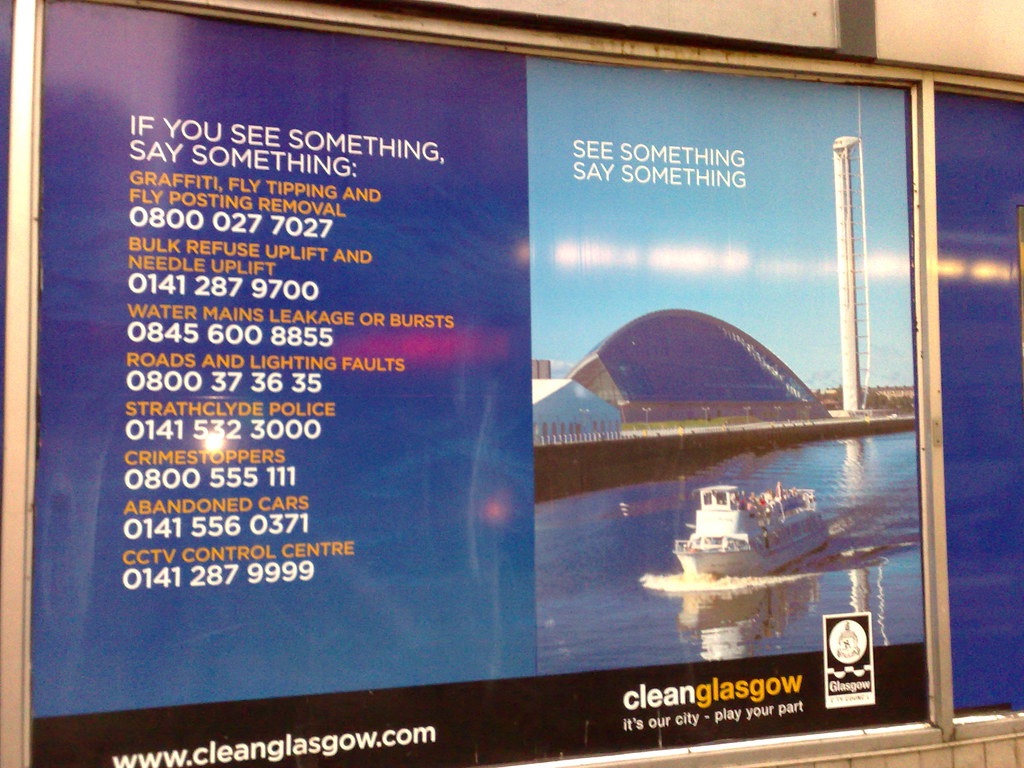The front of the tunnel boring machine that will soon to be digging out the Second Ave. Subway tunnels. (All photos by Benjamin Kabak. Click to enlarge.)
As I ventured this morning into the Second Ave. Subway launch box beneath the area from 92nd to 95th Sts. along the Upper East Side, I was struck by how utterly massive the underground cavern is. It spans more than three city blocks and bottoms out at a depth approximately 60-70 feet below street level. Apartment buildings loom over the hole in the ground, and the scope of this project — an undertaking of massive proportions — is staggering.
For the first time since the April 2007 groundbreaking, the MTA invited reporters and city officials underground to mark another Second Ave. Subway milestone. Today, at shortly after 10:30 a.m., MTA CEO and Chairman Jay Walder blasted an air horn that marked the start of the tunnel boring machine’s journey from 92nd St. to 63rd St. With two City Council members and a House representative along for the photo op, the MTA reaffirmed its commitment to Phase 1 of the Second Ave. Subway and stressed the December 2016 completion date.
“There have been skeptics who saw construction start and stop in the 1970s and said the Second Avenue Subway would never be built,” Walder said. “But today, we are turning on the machine that will dig the Phase 1 Second Avenue Subway tunnels, and we won’t turn it off until the tunnels are done.”
“Every day,” Carolyn Maloney, House representative from the Upper East Side, said, “the tunnel boring machine will be moving the new subway dozens of yards closer to the finish line. That’s real progress, and it means that it’s no longer a matter of ‘if’ the Second Avenue Subway will get done — it’s now a matter of ‘when.'”
Prior to the ceremonial launch of the tunnel boring machine, Michael Horodniceanu, president of MTA Capital Construction, took reporters and photographers on a tour of the launch box. He spoke at length about the progress they plan to make now that the 500-foot-long, 450-ton TBM is ready to go. The machine is going to dig out approximately 40-60 feet of dirt a day and will be operating nearly non-stop until next November. The first tunnel — the downtown tube on the west side of the street — will reach the existing tracks at 63rd St. by January 2011, and the MTA will then pull the TBM back through the tunnel to start working on the uptown tube. When all is said and done, the TBM will have dug out two tunnels 7800 feet long.
Currently, the TBM is decked out in the familiar yellow of the BMT Broadway trains with Q markings throughout the surface. The Q, running north from 57th St. and Broadway to 96th St. and 2nd Ave., will be the original Second Ave. Subway, followed eventually by the T train when and if Phases 3 and 4 reach south of 63rd.
This is the view from approximately halfway up the staircase that feeds to the street level, and it shows just how massive this project is. The machinery on the left is a part of the TBM tail, and the conveyor belt will bring debris and rock out from the two tunnels. The concrete and support beams are bracing the tunnel walls. In this picture, the concrete supports are visible, and two Second Ave. buildings loom over the open hole in the ground. These buildings, some 120 years old, are literally atop the subway tunnel, but MTA officials say residents won’t know when the TBM is passing underneath.
Interestingly, the utilities are still exposed for all to see. The Second Ave. water main is wrapped in insulation, and the MTA will eventually bury all of the pipes as they begin to fill in the tunnels and construct the station caverns. Despite this concrete beginning, there’s a reason why this project still has at least 6.5 years to go.
Before the launch, I couldn’t resist posing in front of the TBM, and after, Carolyn Maloney spoke about the money and the timing. “It’s our job to keep it on target” for 2016, she said.
With $1.3 billion in federal funds behind it as well, the pressure from DC is squarely on the MTA. “If they decided not to build,” she said, “we lose the money.” And so the TBM will start its journey inching slowly south as a subway line eight years in the making moves another step closer to reality.
Below is a slideshow of all of the photos I took underground. As the lighting conditions varied, some shots are better than others, and after the jump, check out a 45-second video of the TBM cutterhead spinning as Jay Walder celebrates the moment with an air horn.

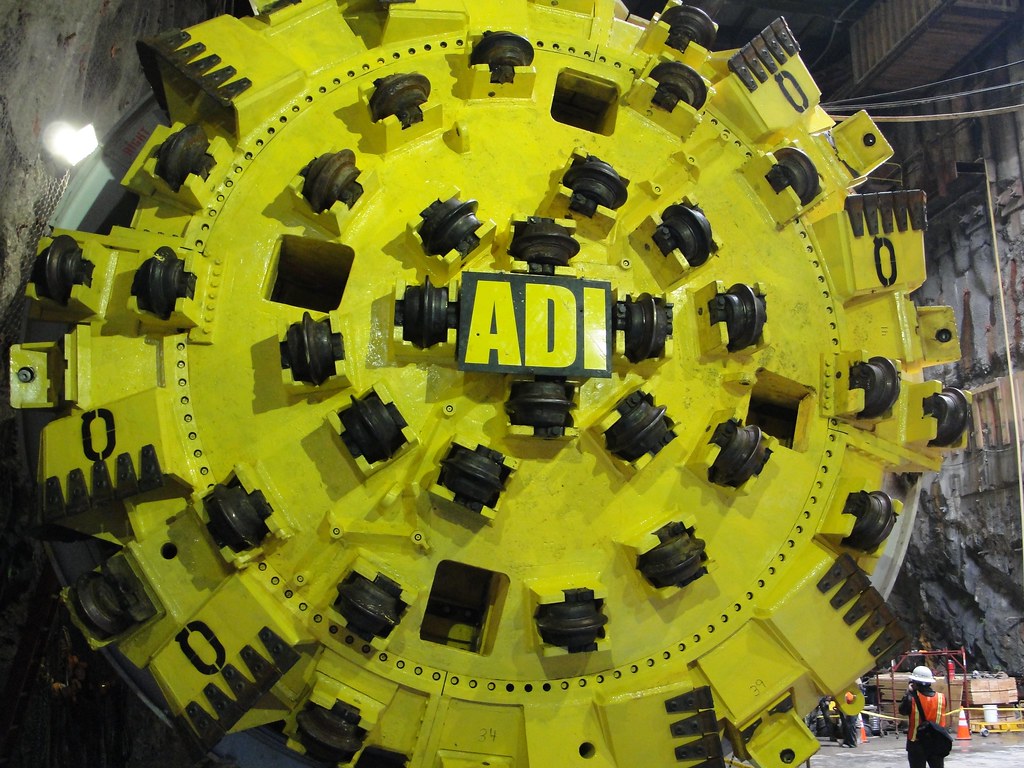


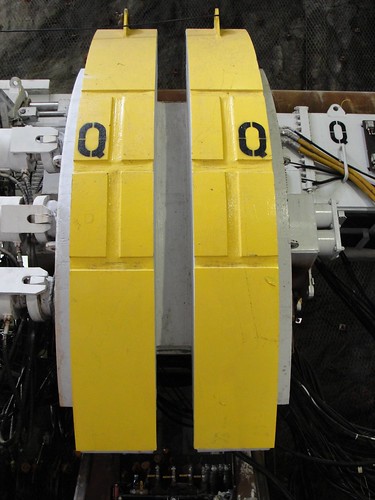
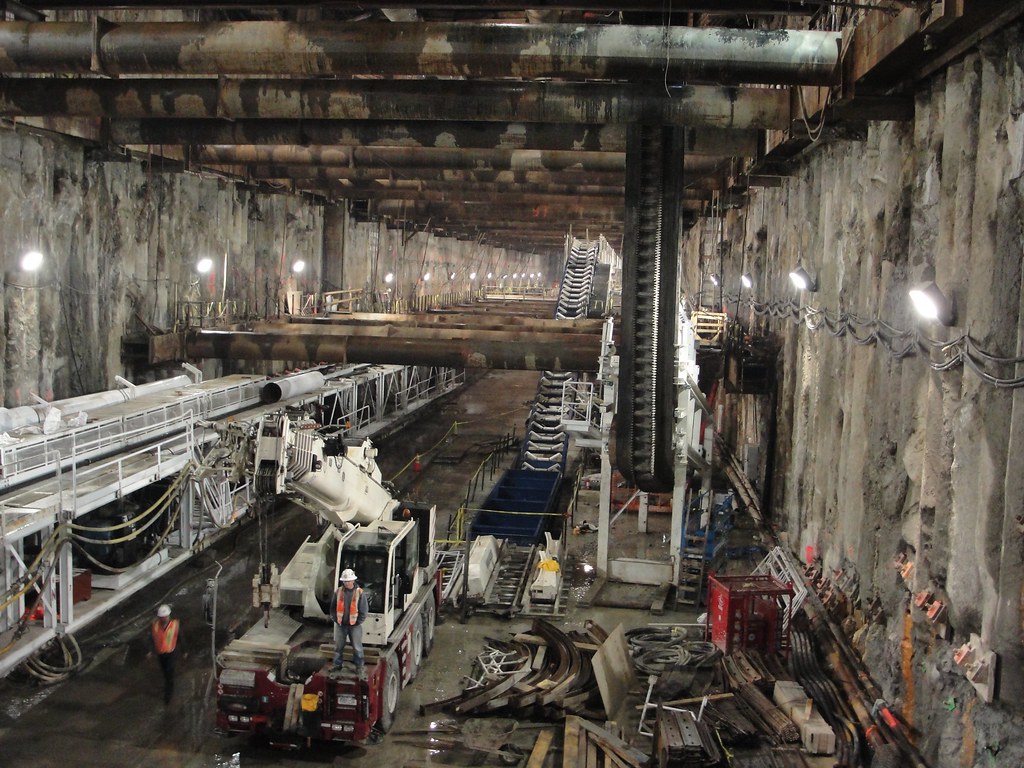
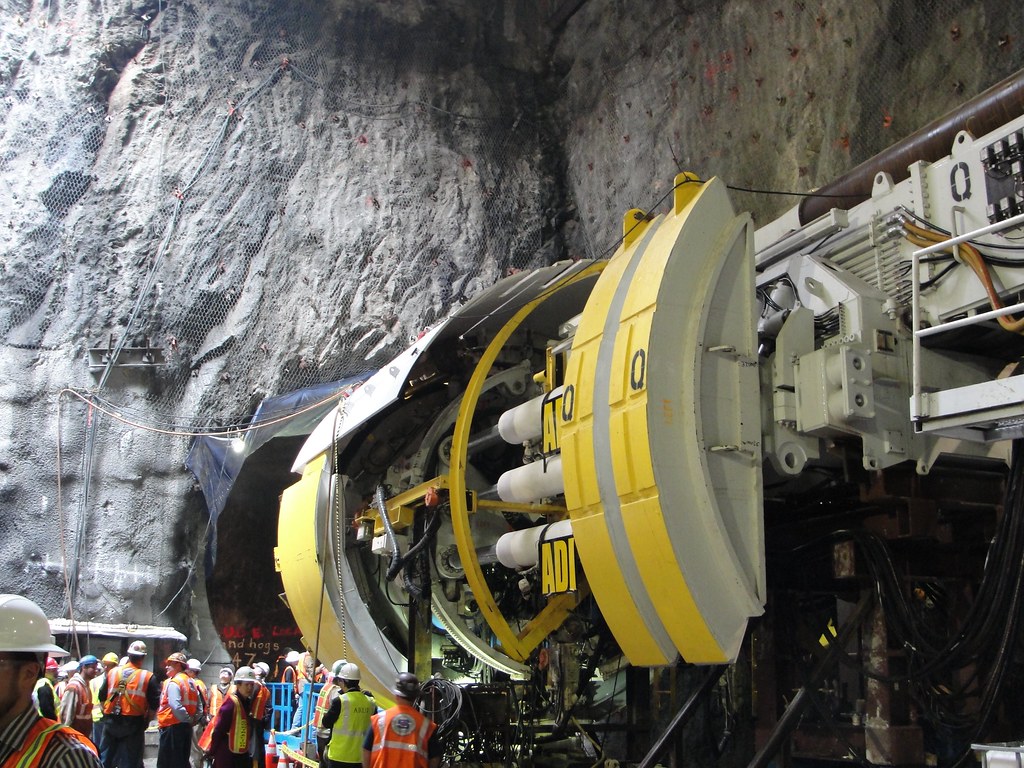

 Earlier this afternoon, MTA CEO and Chair Jay Walder along with new MTA Bridges & Tunnels President Jim Ferrara spoke to reporters about this agency’s plans for budget reductions and cost savings. It was another in the MTA’s ongoing attempts to close a massive budget hole, and as Bridges & Tunnels is the only agency that turns a profit, I was intrigued to hear about the authority’s plans for it.
Earlier this afternoon, MTA CEO and Chair Jay Walder along with new MTA Bridges & Tunnels President Jim Ferrara spoke to reporters about this agency’s plans for budget reductions and cost savings. It was another in the MTA’s ongoing attempts to close a massive budget hole, and as Bridges & Tunnels is the only agency that turns a profit, I was intrigued to hear about the authority’s plans for it.  Since the FBI stopped Najibullah Zazi and his co-conspirators from carrying out a potential terrorist attack on the New York City subway system, New Yorkers have had to come to grips with the
Since the FBI stopped Najibullah Zazi and his co-conspirators from carrying out a potential terrorist attack on the New York City subway system, New Yorkers have had to come to grips with the 